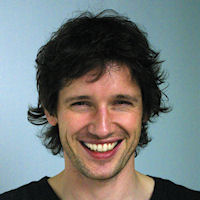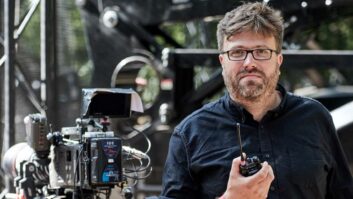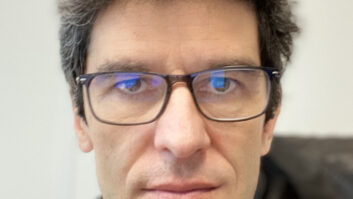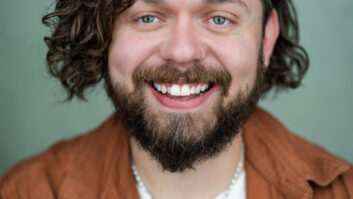
Director Paul W.S Anderson (pictured) has slammed the claims made by some stereoscopic specialists for their expertise in 3D filmmaking. The director of The Three Musketeers also says he wants to make all his future productions in the format.
“There are a lot of boffins who set themselves up as experts in 3D when the majority don’t know what they are talking about,” Anderson said. “None of us knew how to work with 3D but we’ve gone from zero to knowing a lot. It’s a question of embracing the technology and being prepared to relearn filmmaking techniques.”
Having completed back to back stereo 3D shoots for Resident Evil: Afterlife and The Three Musketeers, Anderson says he wants to make all future productions in the format. This includes his next project, Pompeii, a historical disaster movies based on the famous eruption over the Roman town.
“I’m a convert. For 100 years filmmakers have told stories with a flat image. Now there’s the chance to bring that image out into the audience or bring the audience into the picture and for me that’s why for me this is the future of film.”
Constantin Film and Impact Pictures production of The Three Musketeers wrapped principal photography in Germany and posted at Toronto’s Mr X Inc for release this October. The film was shot on eight Arri Alexas and a pair of hi-speed Weisscams, all mounted on PACE rigs.
“When we were planning Resident Evil I talked with John Bruno (Avatar VFX supervisor) who recommended the PACE rigs. At that time they were cutting edge and even though technology has evolved I still believe the PACE system is superior to anything else on the market in terms of its control, the quality of the 3D and ease of use.”
About the choice of Alexa’s Anderson remarks: “I was motivated by using locations that hadn’t been seen on screen before. For example, we shot inside an incredible palace in Bavaria for which we had to use very low voltage lighting to protect the interior. In order to light the scene effectively we used Alexa because it is incredibly sensitive to light and detail.”
He admits that when he started work on Resident Evil: Afterlife neither he nor cinematographer Glen< MacPherson were 3D experts.
“Glenn had two other people on his team with stereo knowledge and they trained the entire camera department in three weeks. It was the same in Germany for Musketeers (at Studio Babelsberg) where there’s now an entire crew knowledgeable about 3D having worked on this picture.”
Anderson is no fan of post conversions either. “It’s two and half D, not a fully fledged image and it’s almost impossible to effectively rotoscope around things like people’s hair. The opening scene in Resident Evil: Afterlife was set in a rainstorm. You try post converting that and you have to rotoscope around every single rain drop.”
It may be problematic to shoot action films in 3D because the fast pacing and rapid cuts can throw the audience’s stereo vision.
“If you want to do fast cutting you flatten out the interocular distance so it’s not too extreme when you cut,” Anderson says. “There’s nothing stopping you doing a three frame cut so long as you are aware of the I/O. If you want an extreme stereo effect for action then you block the action and shoot in longer, continuous takes – which is refreshing for action move.”
The Three Musketeers is due for UK release on October 14.
www.arridigital.com/alexa







